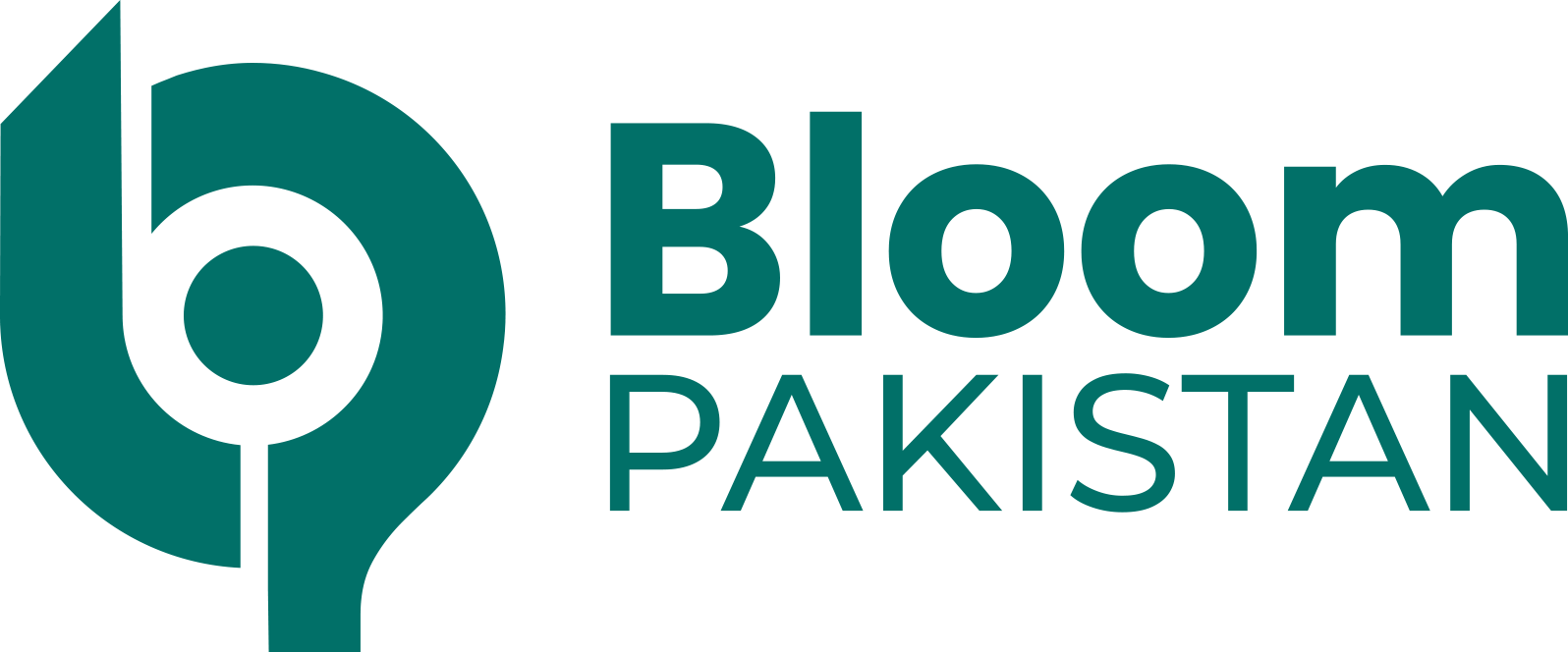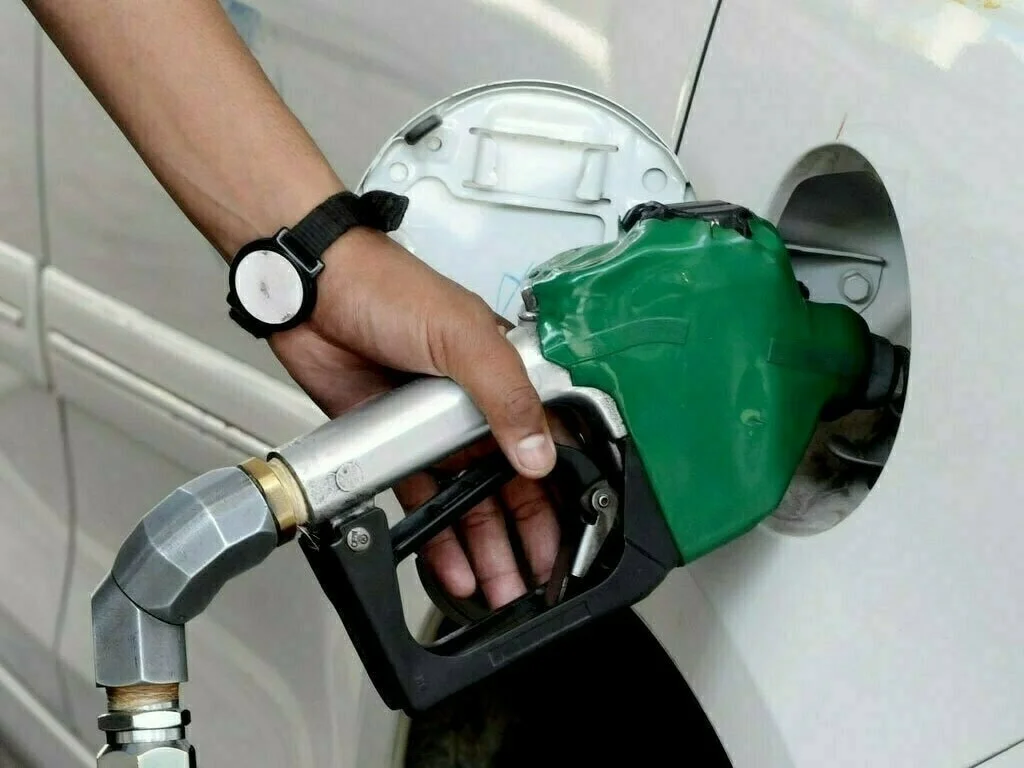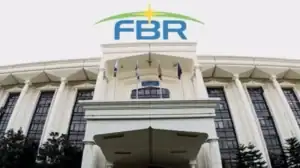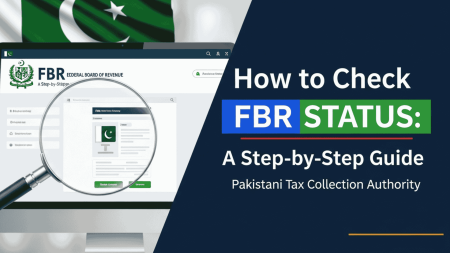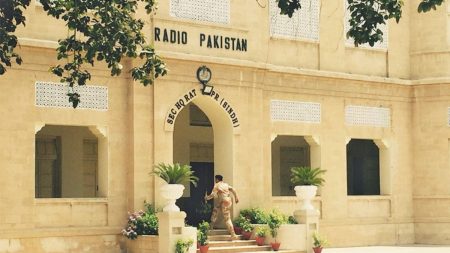Islamabad, May 4, 2025: Pakistan’s petroleum market is on fire — quite literally — as April 2025 sales shot up by an impressive 32% year-on-year, clocking in at 1.46 million tons.
This rebound is powered by a mix of cheaper fuel prices, a government crackdown on Iranian smuggling routes, and surging car sales that have energized the economy.
But what’s behind these numbers, and can the momentum last?
What’s Driving the Surge?
According to Arif Habib Limited, two key factors shaped this upswing:
Motor Spirit (MS) and High-Speed Diesel (HSD) prices fell by 13% and 10%, respectively, year-on-year. Anti-smuggling operations curbed illegal petroleum inflows, forcing demand back to local suppliers.
The automobile sector, enjoying stronger sales, pushed fuel demand higher, especially during the harvest-heavy month of April.
Product-Wise Breakdown:
- High-Speed Diesel (HSD): +33% YoY → 0.62 million tons
- Motor Spirit (MS): +24% YoY → 0.66 million tons
- Furnace Oil (FO): Tripled YoY → 0.08 million tons, driven by summer power needs
Compared to March 2025, total petroleum sales jumped 20%, with FO leading at +55% MoM due to the rising power generation load.
Big Players: Winners and Losers
Pakistan State Oil (PSO) led with 0.62 million tons sold in April, up 12% YoY.
Attock Petroleum Limited (APL) followed, growing 28%, while HASCOL stole the spotlight with a massive 76% surge.
But looking at the 10-month cumulative (10MFY25) picture, PSO, APL, and HASCOL all reported YoY declines, except for Gas and Oil Pakistan Ltd (GO), whose market share more than tripled from 3.1% to 10.2%.
Read More: PDL Hike by Rs18.02 to Generate Rs90bn Revenue
PDL Collection Update:
The government’s Petroleum Development Levy (PDL) collection hit Rs. 926 billion in the first 10 months, closing in on the annual Rs. 1,281 billion target.
That’s about Rs. 93 billion per month — slightly shy of the Rs. 107 billion monthly goal.
Why This Matters:
Industry experts warn that while April’s numbers look promising, sustaining this growth will depend on stable fuel prices, continued enforcement against smuggling, and consistent car sales.
Rising summer demand may give another short-term boost, but global oil price volatility could play spoilsport.
Pakistan’s fuel market is heating up — but can it stay hot? Stay tuned for next month’s numbers and follow us for the latest updates on Pakistan’s energy trends, market shifts, and economic drivers! What’s your take: will car sales and fuel demand keep soaring, or is a slowdown coming? Let us know in the comments
